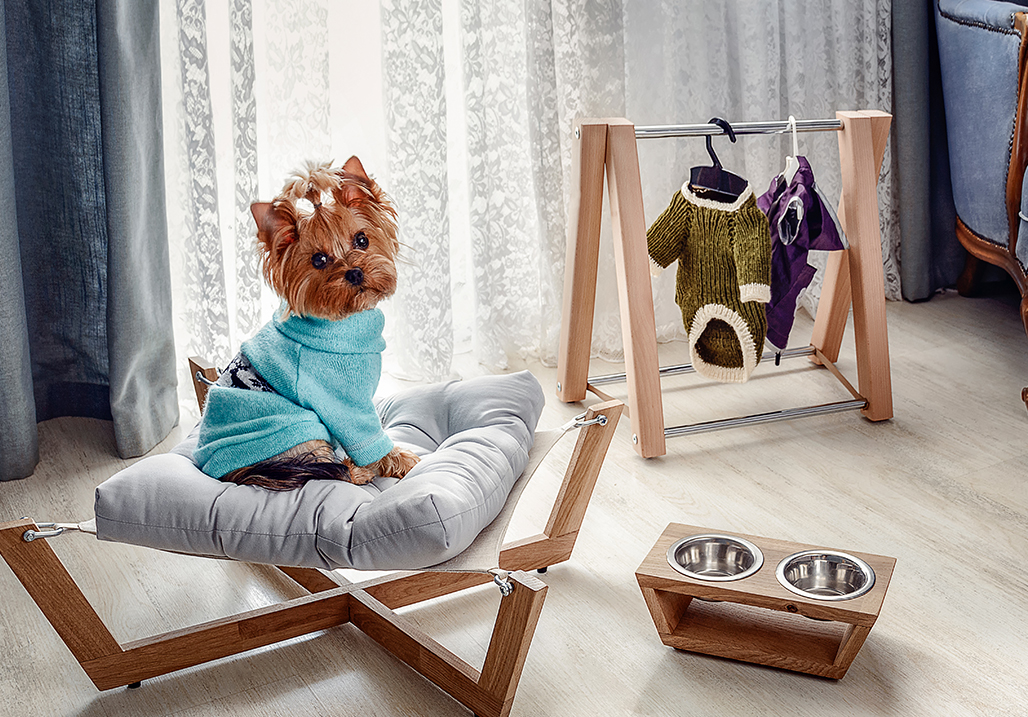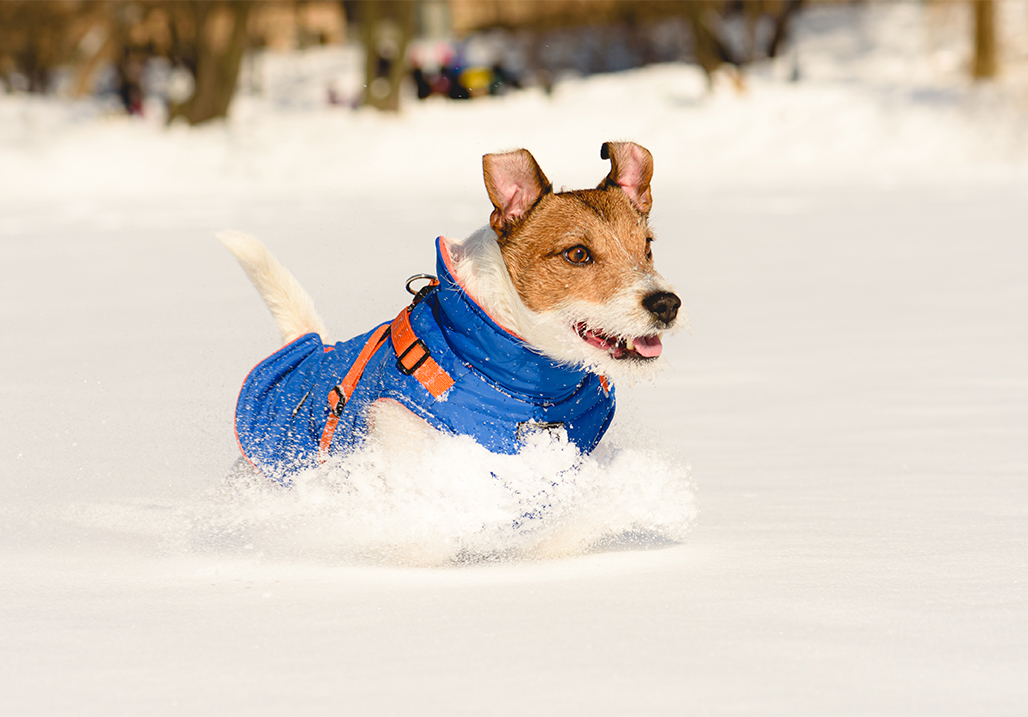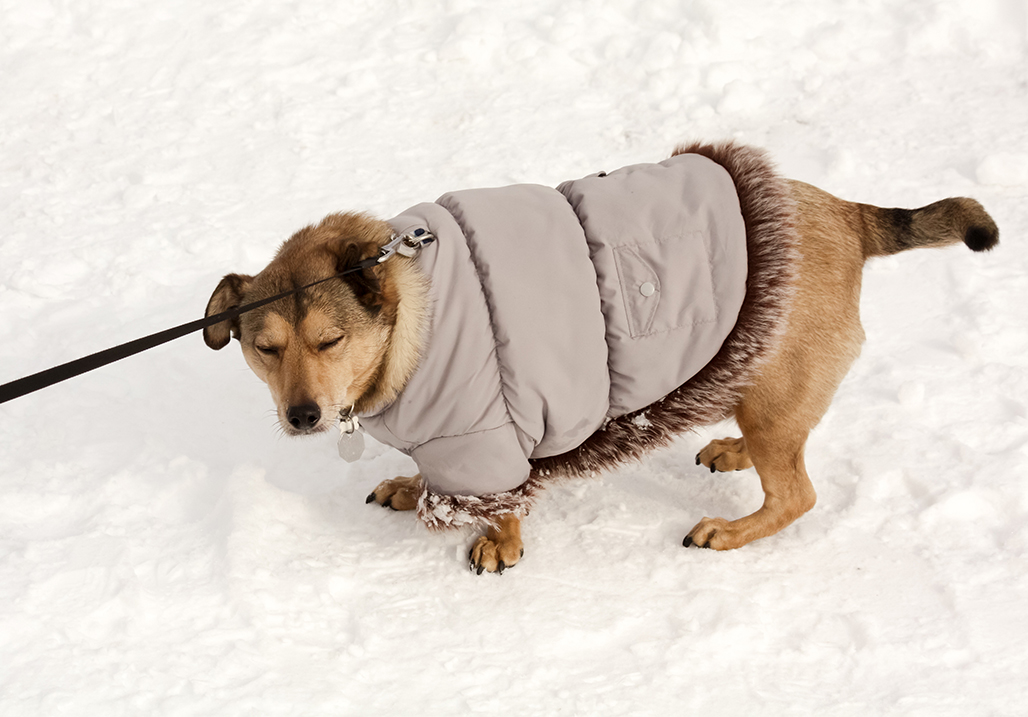Doggy Dress-Up: Do Dogs Like Wearing Clothes?
Sep 26,2023 | Petbobi
It is a rather new phenomenon to see our furry friends dressed up in stylish garments all over the place – on social media or in real life. The trend of having your pup wear a coat or a sweater is no longer limited to Hollywood stars and their pampered pups. Options range from knitted sweaters to raincoats, dresses, and more - the trend of dressing dogs has captivated pet parents worldwide. But beneath the surface of this fashionable movement lies a sea of differing opinions on the topic. Some argue that clothing enhances a dog's comfort and can protect them from environmental circumstances, while others believe it can be an unnecessary and even uncomfortable addition to a dog's life. Today, we want to take a step into the world of dog psychology, care, and the varied realm of dog dresses. Let’s uncover the truth behind this trend.
How to Know if a Dog Likes to Wear Clothes

What is the main difference between dogs and humans? Well, one big difference is that dogs, unlike humans, cannot verbally express their likes or dislikes. So, how can we tell if our four-legged friend truly enjoys wearing that adorable tutu or sports jersey? They can’t tell us so understanding dog body language and signals is crucial. You can look for signs of comfort, such as relaxed ears, wagging tails, and normal movement. On the other hand, discomfort may be signaled by scratching, whining, or by your dog trying to remove the clothing.
It’s very important that you are able to recognize these signs of comfort and discomfort so that you can ensure your pet's well-being. Every dog is unique, and while one may prance proudly in a new outfit, another dog might shy away and feel uneasy in a sweater. As pet parents, we need to learn to observe our dogs and base decisions like these on their reactions and level of comfort.
Now, let’s take a look at the real advantages and disadvantages that dog clothes hold.
Advantages of Dog Clothes

While clothing for your dog might seem like a mere fashion statement, there are actually many practical and emotional benefits to this trend. Here's how:
Protective Benefits for Specific Weather Conditions
Winter coats can keep small or short-haired breeds warm and summer garments can protect against sunburn. Raincoats can keep your pet dry during those unexpected showers.
Medical or Therapeutic Uses
Specialized garments can aid in the healing of surgical sites and protect sensitive areas of skin. When it comes to older dogs with joint issues, they can even provide much-needed support and more freedom to move.
Showcase Examples of Dogs that Need Clothing
Small breeds like Chihuahuas, hairless breeds like the Xoloitzcuintli, or dogs with certain medical conditions can often benefit significantly from the added warmth and protection that clothes provide – especially when you are going on walks or longer trips outside in cold temperatures during the cold seasons.
Emotional Comfort and Enhancement of Dog Psychology
For anxious pets, the gentle pressure of a snug-fitting shirt can provide a calming sensation. It can be akin to a comforting hug.
For style or substance, dog dresses and other clothing items have found a significant place in modern dog care. We need to understand these potential advantages which help us pet parents make informed decisions that align with our dogs' needs. When we are aware of the benefits, we can enhance not just their appearance but their comfort and well-being as well.
Disadvantages of Dog Clothes

While clothing can offer numerous benefits, it's essential to be aware that it's not suitable for all dogs across the board. Here are some potential drawbacks:
Potential Discomfort or Allergies
Some fabrics or dyes might irritate a dog's sensitive skin and lead to discomfort or allergic reactions.
Restriction of Movement
Ill-fitting garments can hinder a dog's ability to move freely and impact natural behaviors like running, jumping, or even breathing.
The Risk of Fostering Unnecessary Dog Care Habits
Dressing a dog purely for aesthetics without considering their comfort or need might lead to a misunderstanding of proper dog care and welfare.
Can You Train Your Dog to Love Wearing Clothes?

If you decide that clothing is suitable for your pet and could possibly help them feel better, how can you make it a positive experience from the start? Here's how:
Training Techniques to Acclimatize Dogs to Wearing Clothes
Start introducing the clothes slowly and allow your dog to sniff and explore the clothing first. Use positive reinforcement and reward your pup with treats or praise – Let them know that they are doing great by telling them “Good boy!” or “Good girl!”.
Addressing Dog Psychology to Make Clothing a Positive Experience
Understand your dog's temperament and work to create positive associations with clothing.
Encouraging vs. Forcing
It’s vital that you understand your dog's limits: Not every dog will take to wearing clothes. Recognizing and respecting these boundaries is crucial for maintaining a happy, healthy relationship with your beloved furry friend.
Our Conclusion – Do Dogs Enjoy Being Dressed
Dressing our dogs is a trend that blends fashion with functionality. The benefits for dogs can go from being snuggled up in a warming winter coat to being protected from harmful UV-rays and heat in sun-protective summer wear. It is clear that there is a functional aspect to these stylish garments that speaks to responsible dog care. And, let’s not deny it, dogs just look absolutely adorable when strutting along in a cute little sweater or raincoat.
However, as pet owners, it is our responsibility to recognize and respect our individual dog's needs and preferences and not get caught up with our own desires to dress up our puppy and show off how cute it looks. While some dogs may strut proudly in their new attire, others may prefer their natural coat. Ultimately, the key here lies in understanding your dog's unique personality and needs. Once you have a good grasp of your dog’s body language and signs of comfort and discomfort, observe their behavior and make the decision that is in your pet’s best interest. That way, you can strike a balance between fashion, fun, and the fundamental principles of dog care that put your pet's well-being first.
After all, this is not a black-and-white situation – it’s a very individual case-by-case scenario. The comfort and happiness of our four-legged friends must always be at the forefront of our decisions.




